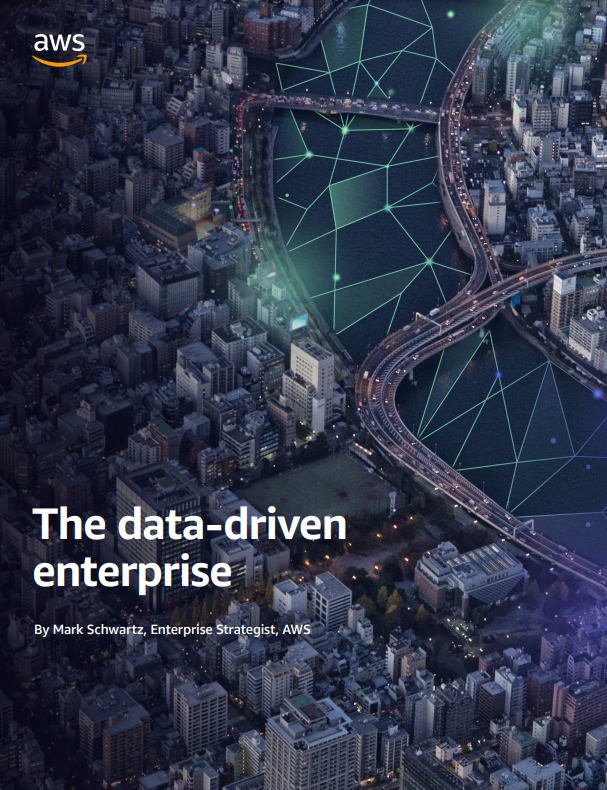
The data-driven enterprise
By AWS
There is a lot of talk these days about the data-driven enterprise and the need to become one. But what exactly does it take to become data-driven, and why is it so important in today’s digital environment? What practical steps can an enterprise take to make data fundamental to its mindset and practices? And what is the connection between data and that other priority of the digital age—business and technical agility? This eBook will show what it means to be datadriven and give some examples of how companies are using data to drive their businesses. We’ll also connect the dots between becoming data-driven and agility, digital transformation, and continuous innovation.
Data-driven organizations strive to base their strategic business decisions on the evidence provided by data—which requires a certain rigor and, at the same time, an ability to innovate based on identifying—within the data—opportunities that can lead to new products or markets. They also come to treat data as an asset they can use both to improve customer interactions and to increase efficiency. In other words, they analyze data to inform decision-making and use data to serve their customers. Data can be the basis, for example, for personalization, dynamic pricing, market expansion, product innovation, or supply chain optimization.
But until recently, enterprises found it difficult to use data in these ways because they thought of data solely in the context of transactions; as a result, they locked it away in siloed databases that were excellent for transaction processing but less suited to open-ended analysis. Our mental model was that of the invoice or the order form: “Please give me 20 widgets at a price of $100 per widget.” Or, “Please pay me for 20 widgets at $100 per widget.” Data was performative and imperative—a stimulus or artifact of conducting a transaction. Today, the value of data goes far beyond its transactional role.

